Before the Ford SVT Lightning showed up, performance trucks were mostly aftermarket toys or oddball concepts. But in the early ‘90s, Ford flipped the script. The Lightning wasn’t just fast for a truck—it was fast, period. Built by Ford’s Special Vehicle Team (SVT), it had real street cred and track chops, and it laid the groundwork for the high-performance pickups we see today. Here’s how the Lightning made its mark and changed the game forever.
1. It Was Ford’s First True Performance Truck
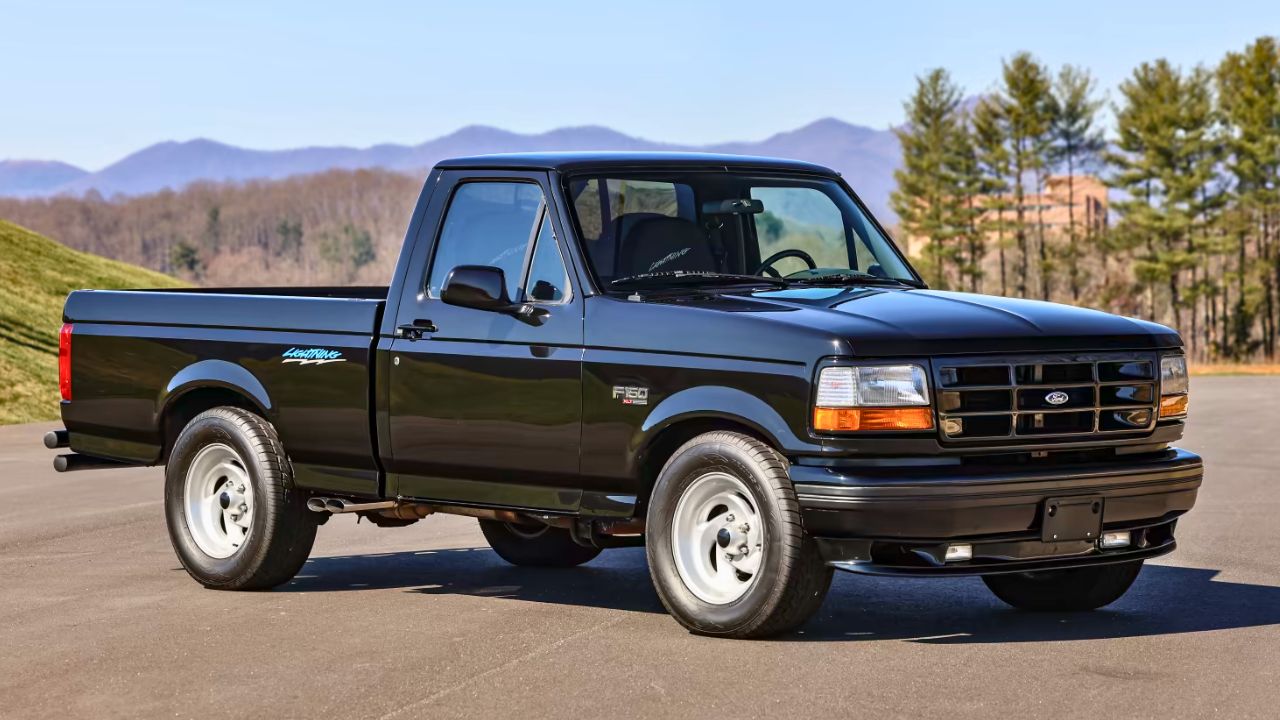
Launched in 1993, the original Lightning was Ford’s answer to the Chevy 454 SS. It came with a specially tuned 5.8-liter V8 pumping out 240 horsepower and 340 lb-ft of torque.
While that might not sound wild today, it was serious grunt in the early ‘90s. The truck had upgraded suspension, a beefed-up E4OD transmission, and stiffer springs—making it more than just a straight-line brute.
2. SVT Was Behind the Wheel
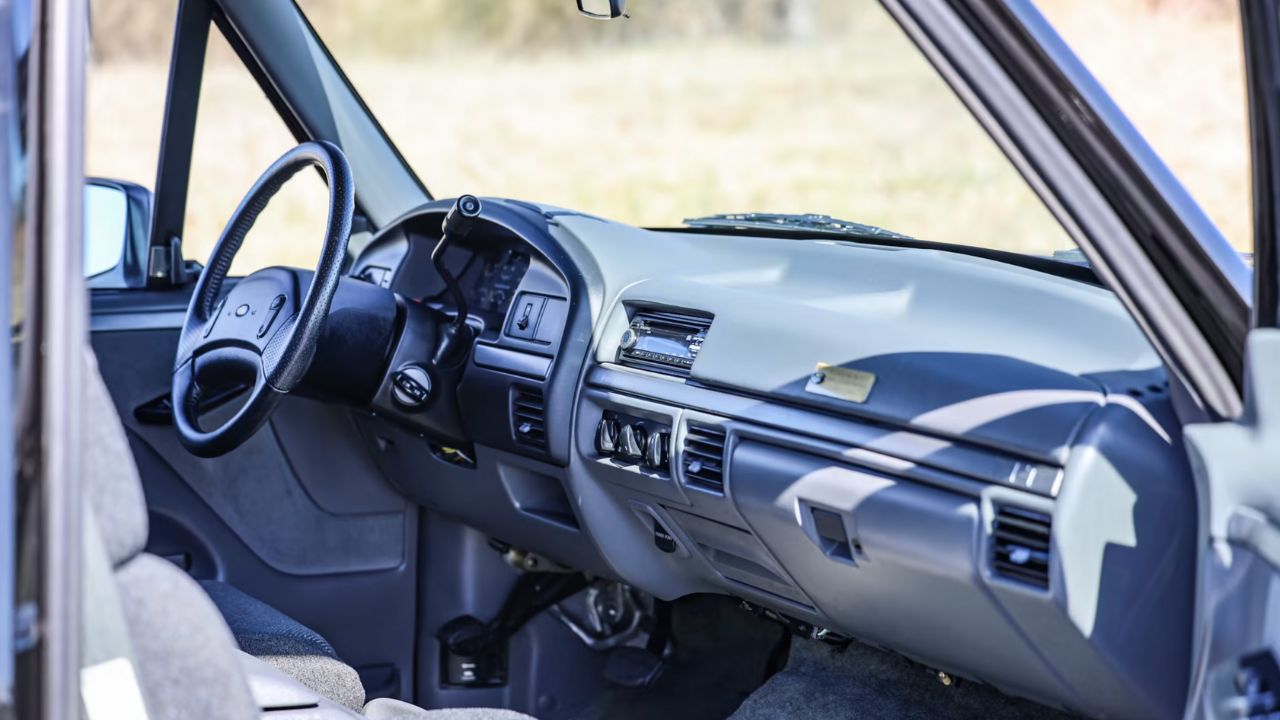
The same team that created the Mustang Cobra and later the GT supercar was behind the Lightning. SVT didn’t just toss a big engine in a truck and call it a day—they reworked handling, braking, and balance too.
Their goal was simple: give the Lightning the kind of performance and cornering no one expected from a pickup. And for its time, it delivered exactly that.
3. It Didn’t Just Look Fast—It Was
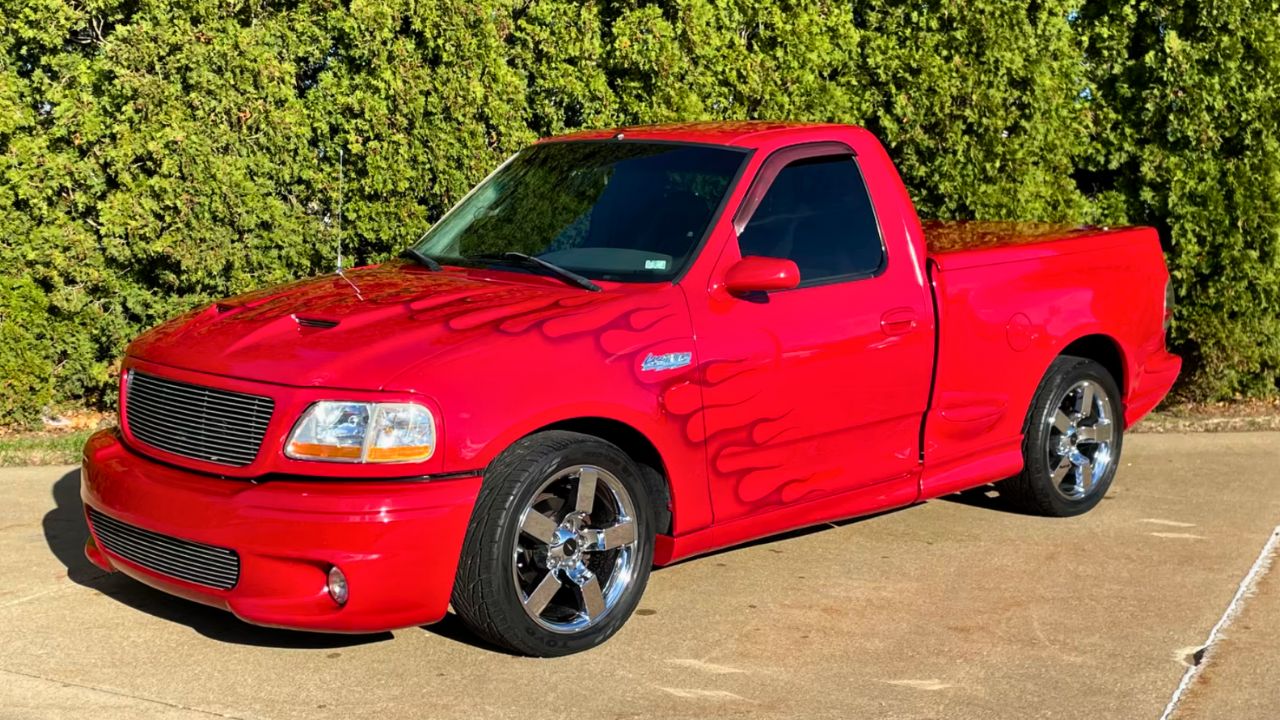
The first-gen Lightning could run the quarter-mile in the low 15s and hit 60 mph in just over 7 seconds. That was quicker than many sports cars of the era, including some pony cars.
And it did it all while looking like a regular F-150—minus the subtle SVT badging, body-color bumpers, and unique 17-inch wheels. It was a factory-built sleeper with attitude.
4. The Second-Gen Lightning Took It Further
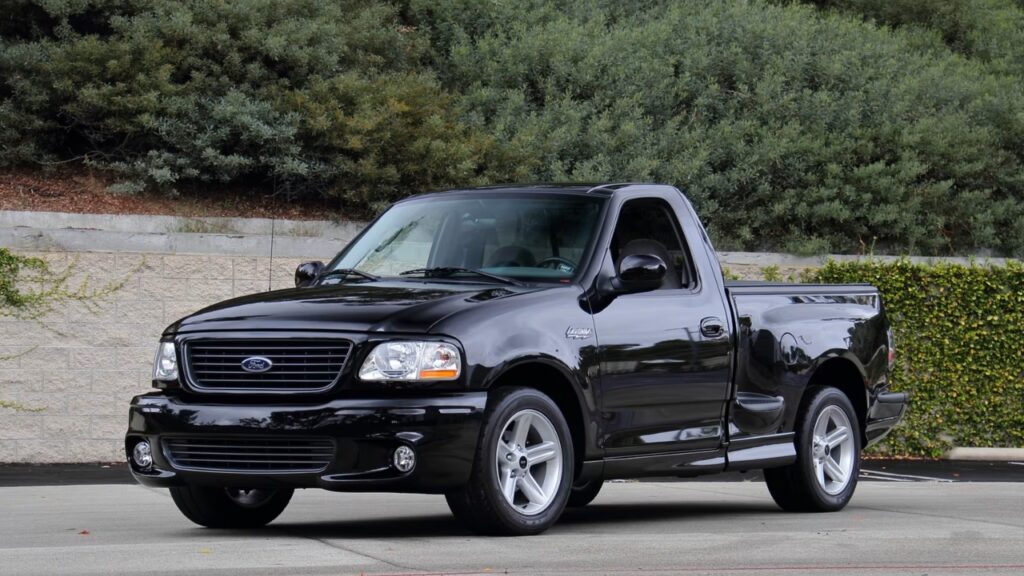
When the Lightning returned in 1999, Ford didn’t hold back. This time, it came with a supercharged 5.4-liter Triton V8 that made 360 horsepower—and later 380 in the 2001 update.
That version could hit 60 in around 5.4 seconds and run the quarter in the low 13s. It was the fastest production truck in the world at the time and even beat out some sports cars in magazine tests.
5. It Handled Way Better Than a Pickup Should
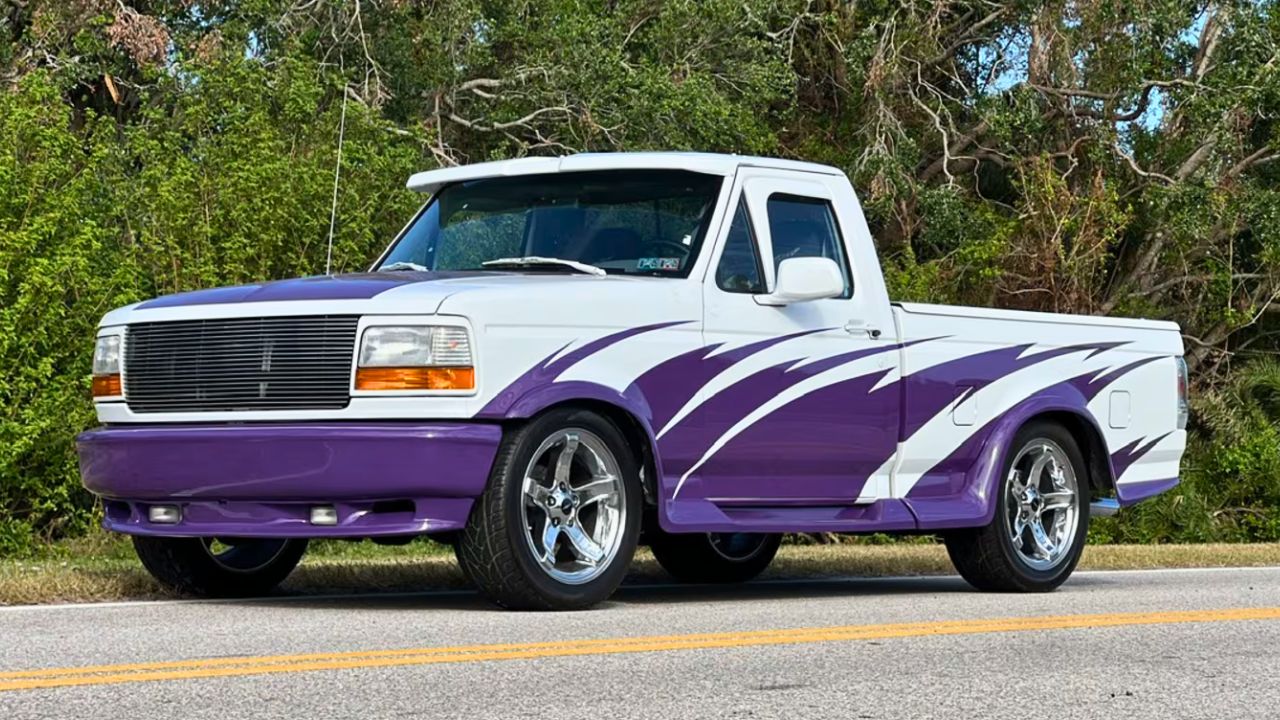
The Lightning wasn’t just about going fast in a straight line. SVT tuned the suspension with lowered springs, Bilstein shocks, and a thicker sway bar. The result was flat cornering and planted handling—rare for a full-size pickup.
It came with upgraded brakes, performance tires, and a stiffer chassis. Car reviewers often compared its driving feel to a muscle car, not a truck—and that was the whole point.
6. It Was a Sales Success—Despite Being a Niche
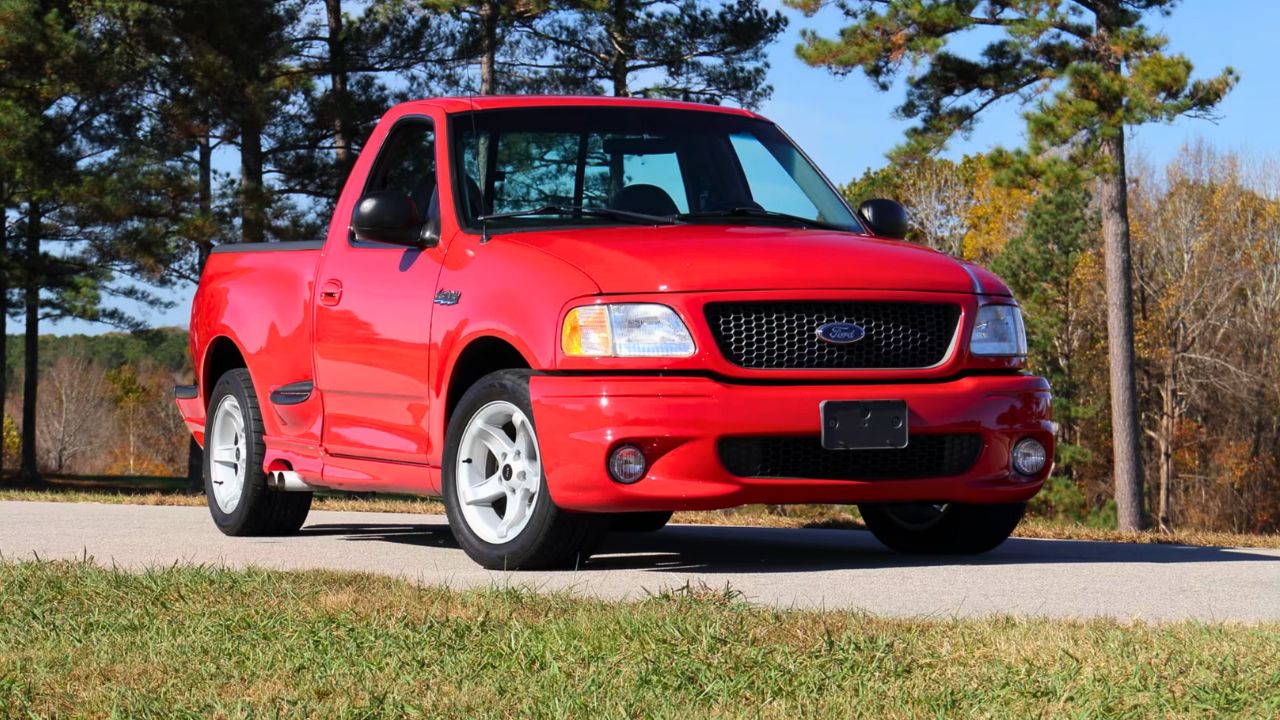
Ford sold around 11,500 units of the first-gen Lightning between 1993 and 1995, and over 28,000 of the second-gen between 1999 and 2004. For a performance pickup, that’s a solid run.
It showed that there was real demand for a street-oriented, factory-built fast truck. Ford proved it wasn’t just a gimmick—it was a new market segment waiting to be tapped.
7. It Became a Favorite Among Tuners
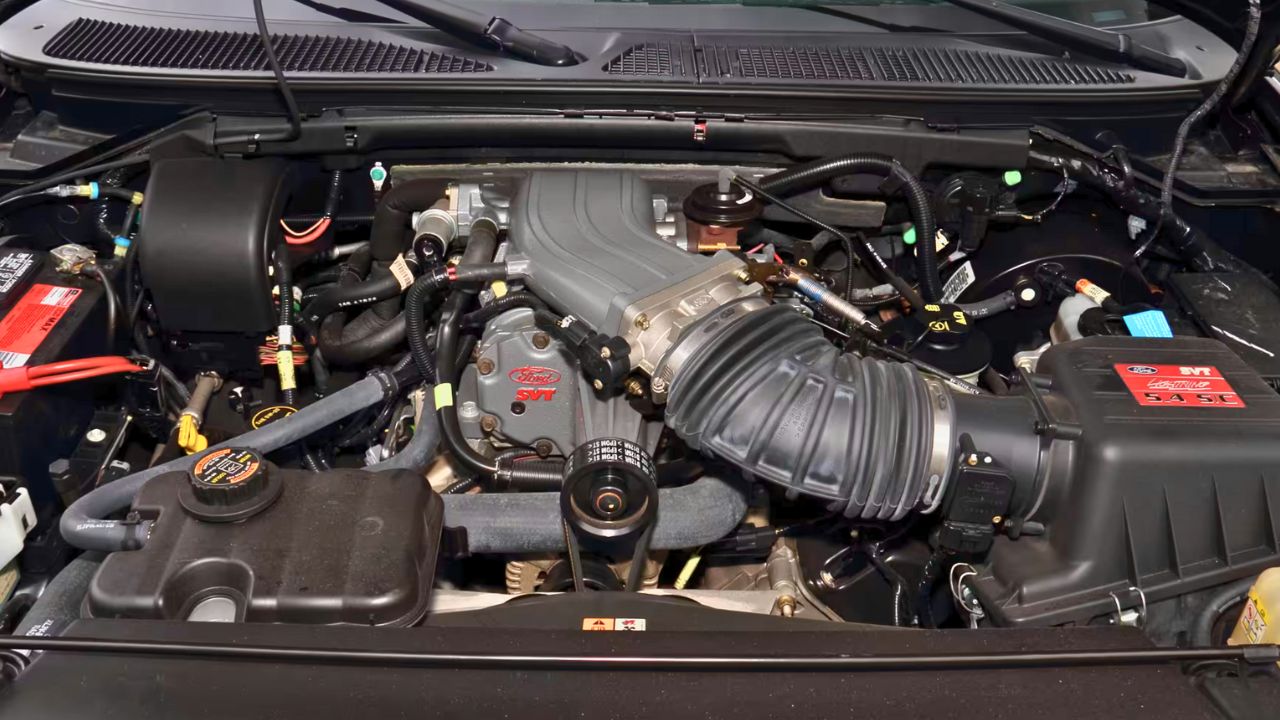
The Lightning’s supercharged V8 made it a favorite among tuners and drag racers. With just a pulley swap, exhaust, and a tune, owners could easily add 50–100 horsepower.
Many pushed them into the 11s on slicks with relatively minor upgrades. It became a staple at drag strips and on YouTube street races—and it still has a loyal fanbase in the truck scene.
8. It Influenced a Whole New Category
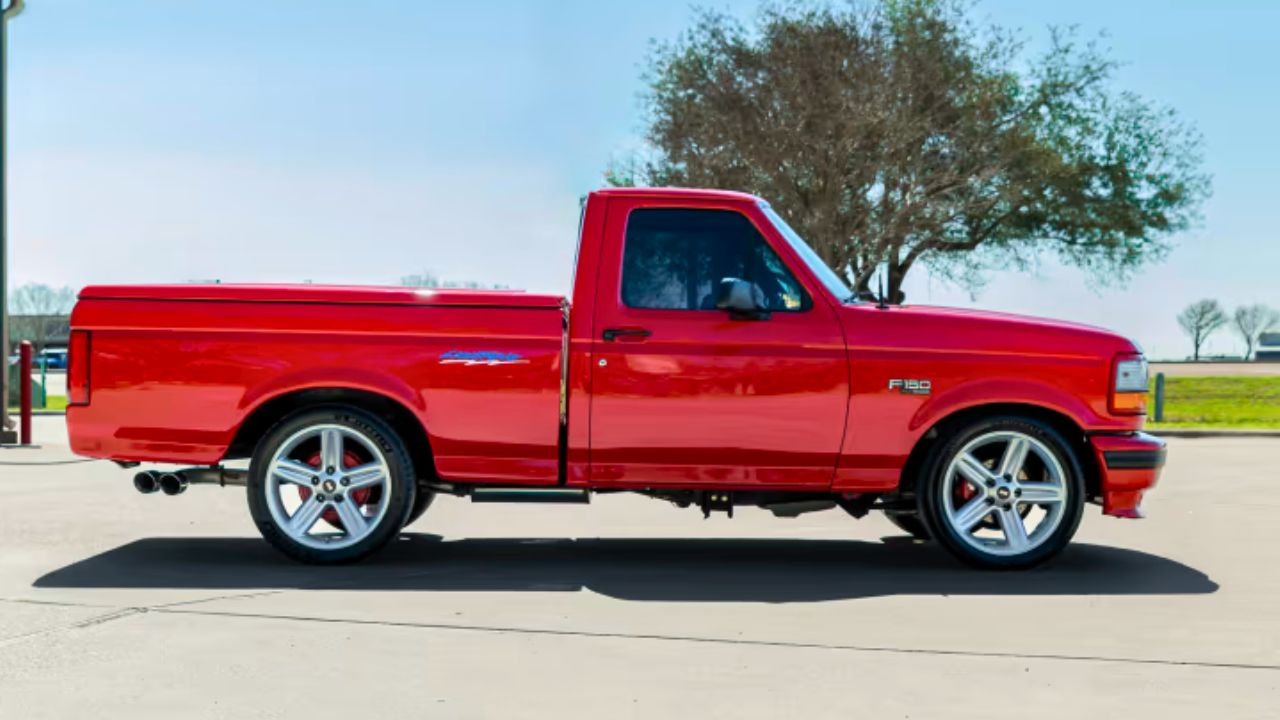
After the Lightning, performance trucks started popping up everywhere. Dodge brought out the Ram SRT-10, Chevy tweaked the Silverado SS, and even Toyota got in the game with the Tundra TRD Pro.
But none of them hit quite like the Lightning. It helped define what a factory performance truck could be, and it set the bar that others chased for years.
9. It Was a Muscle Car in Pickup Form
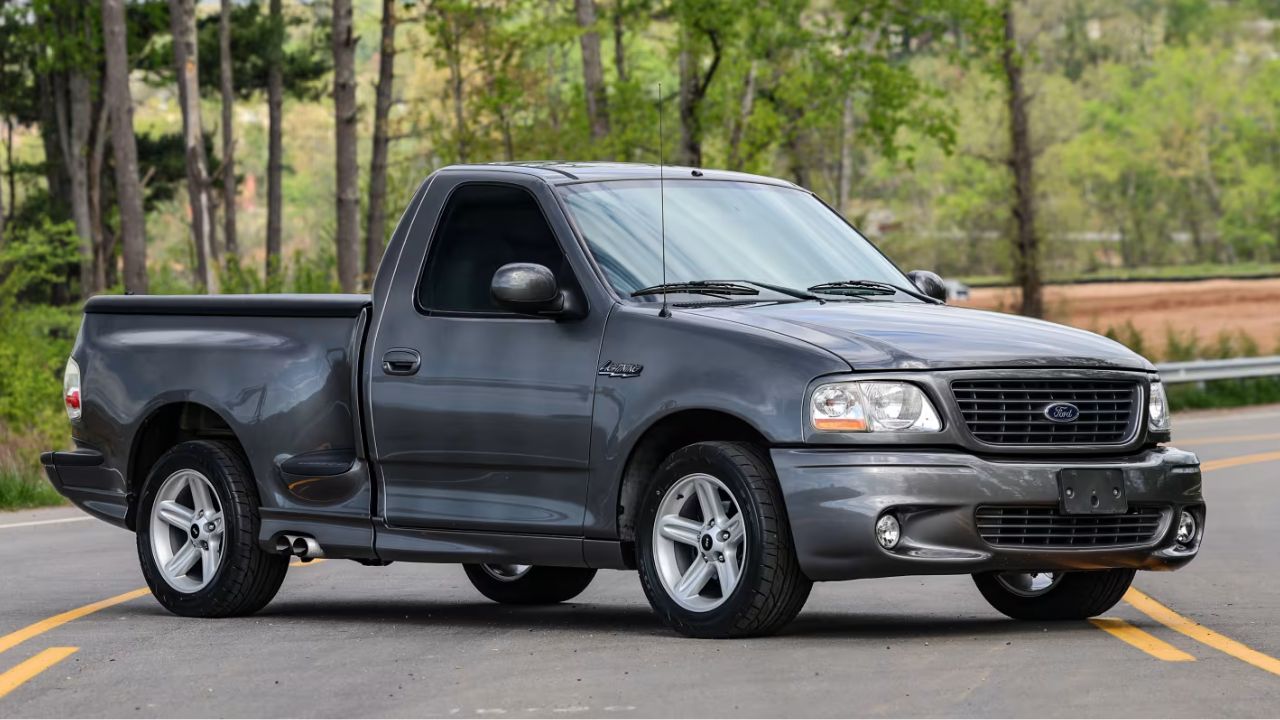
With rear-wheel drive, a V8 up front, and an aggressive stance, the Lightning checked all the muscle car boxes—just in truck form. It even had a limited-slip rear diff and a column-shifted automatic, adding to its unique appeal.
It wasn’t meant to tow or haul heavy loads—it was built to haul ass. And it made no apologies for being a street truck first and a pickup second.
10. It Paved the Way for the Modern Raptor & Lightning EV
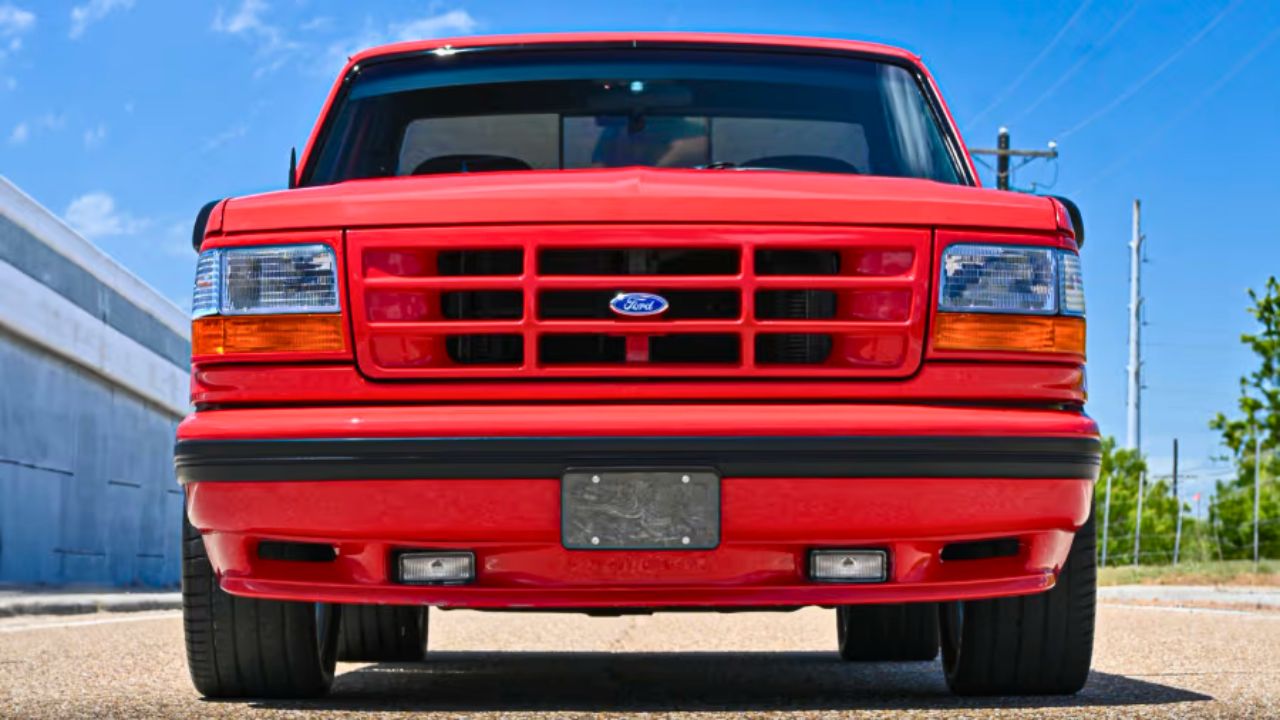
Without the SVT Lightning, there might not be a Ford Raptor—or a new electric Lightning. The idea that a pickup could be performance-first started with SVT’s experiment back in ’93.
Today’s high-performance trucks owe a debt to the Lightning’s blueprint. Whether it’s gas-powered, turbocharged, or all-electric, the soul of the Lightning lives on in every fast truck Ford builds today.
*This article was hand crafted with AI-powered tools and has been car-fully, I mean carefully, reviewed by our editors.

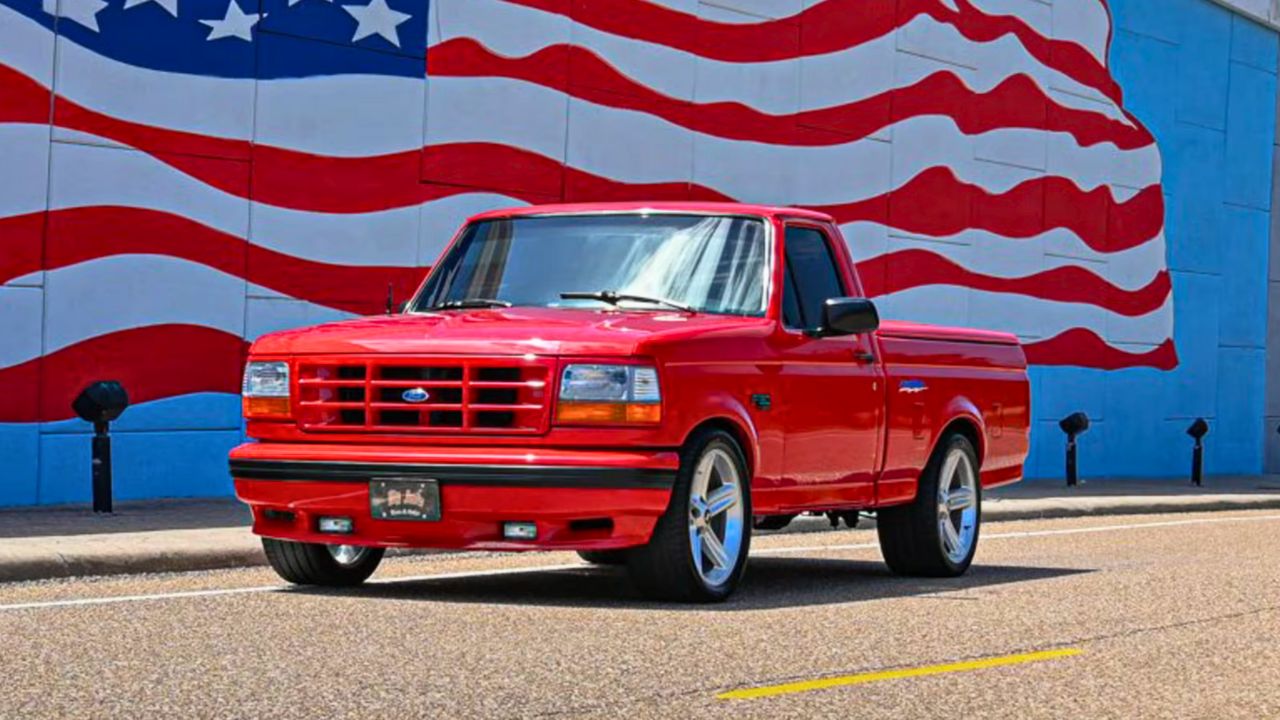
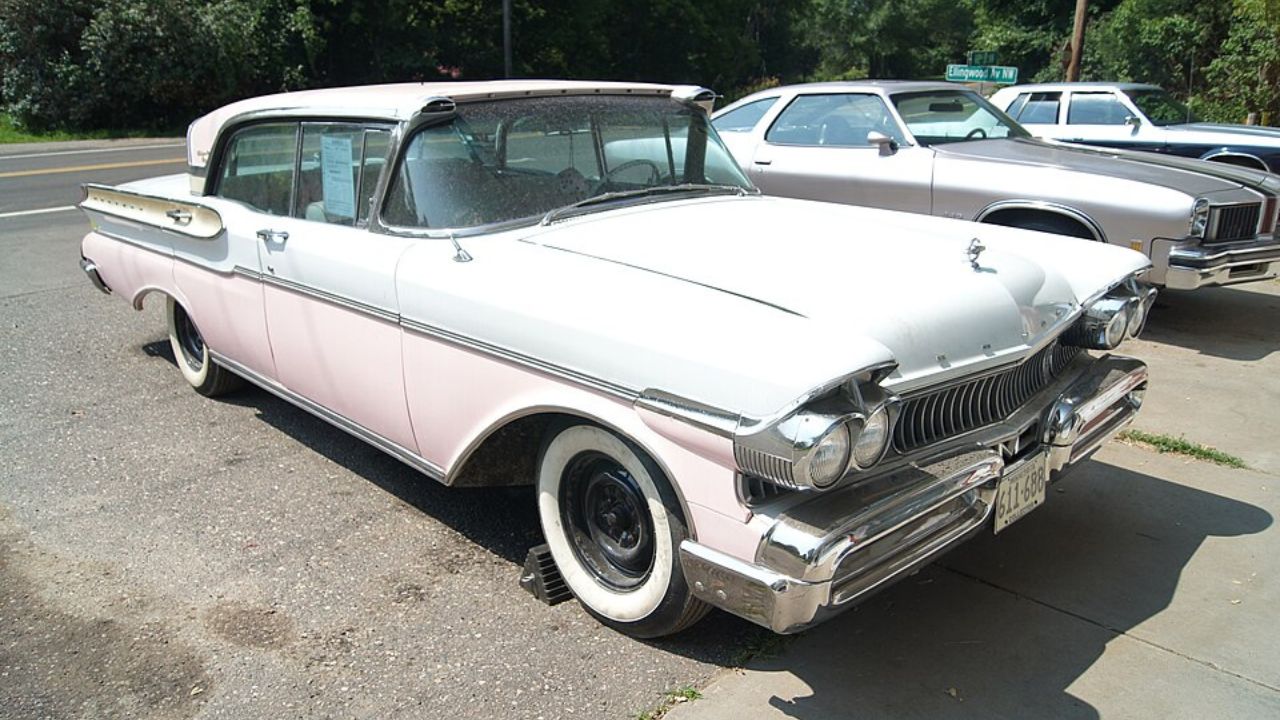
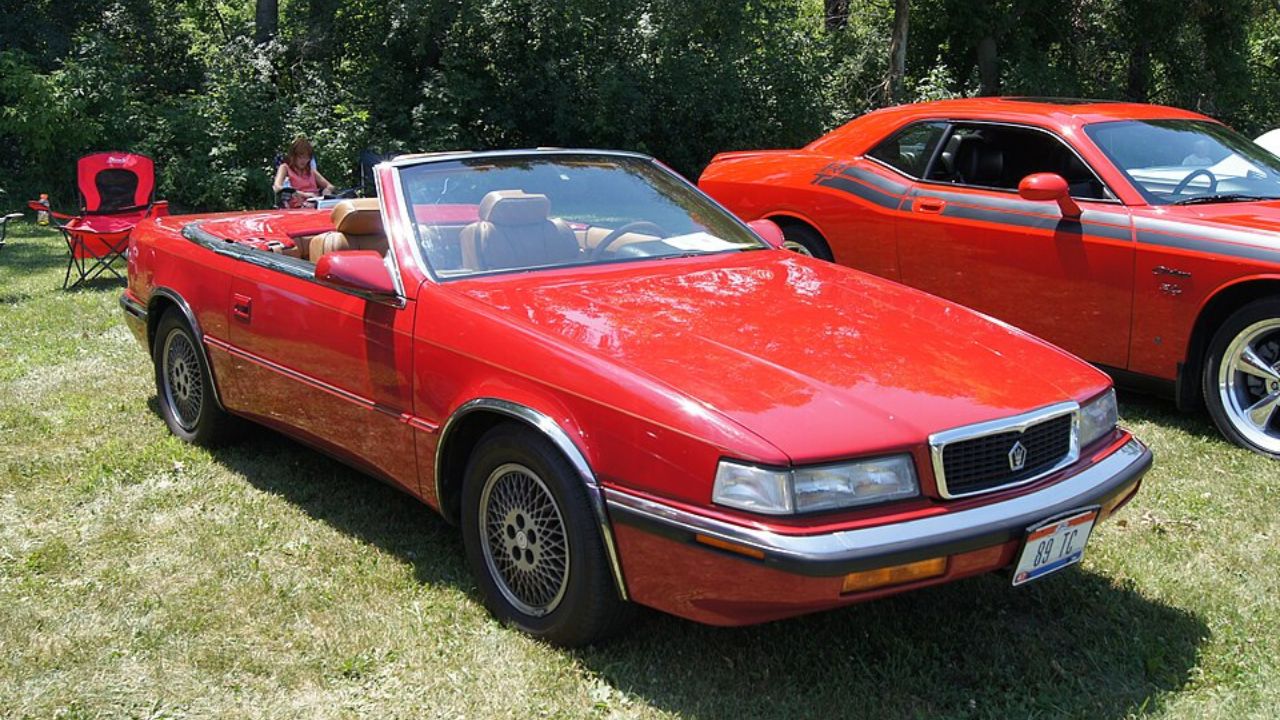
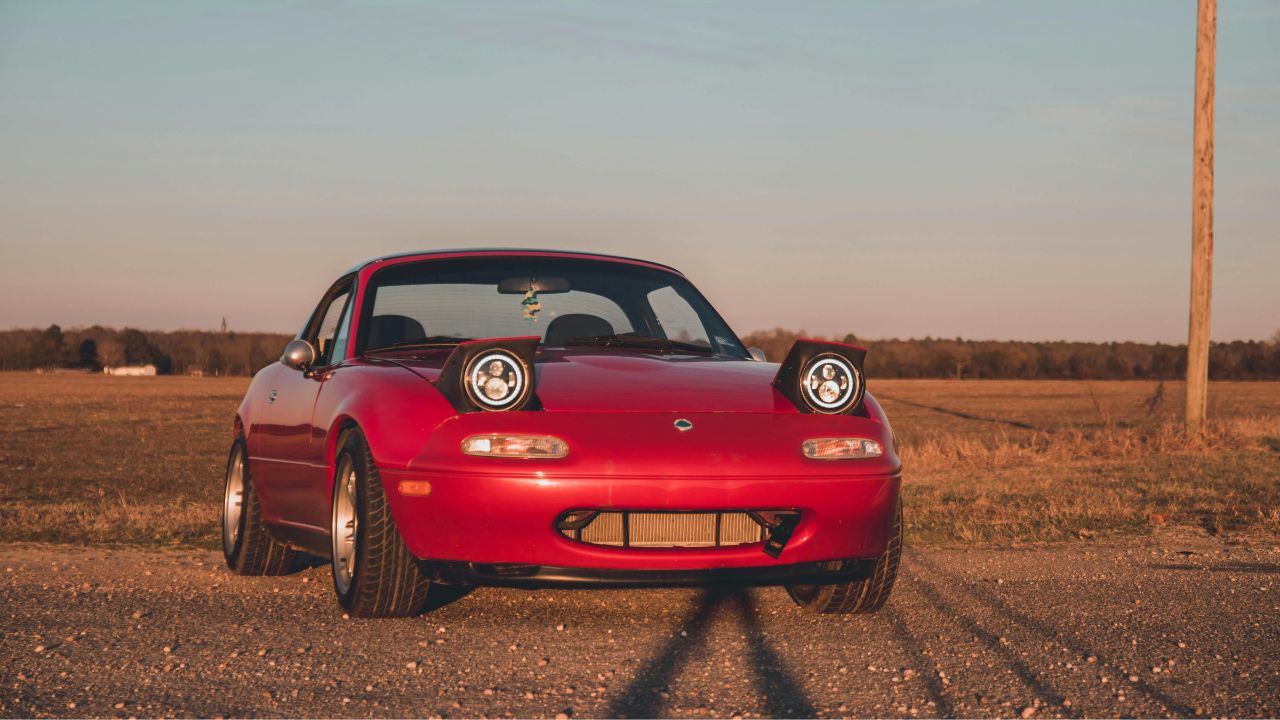
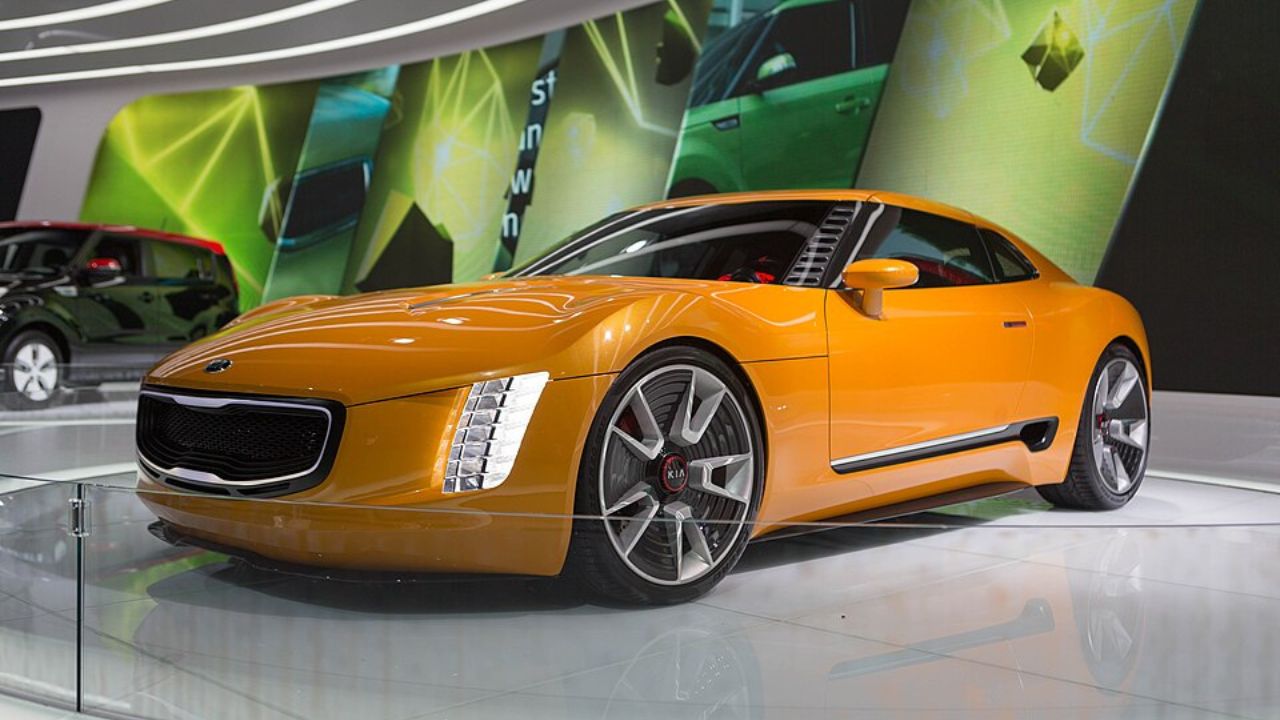
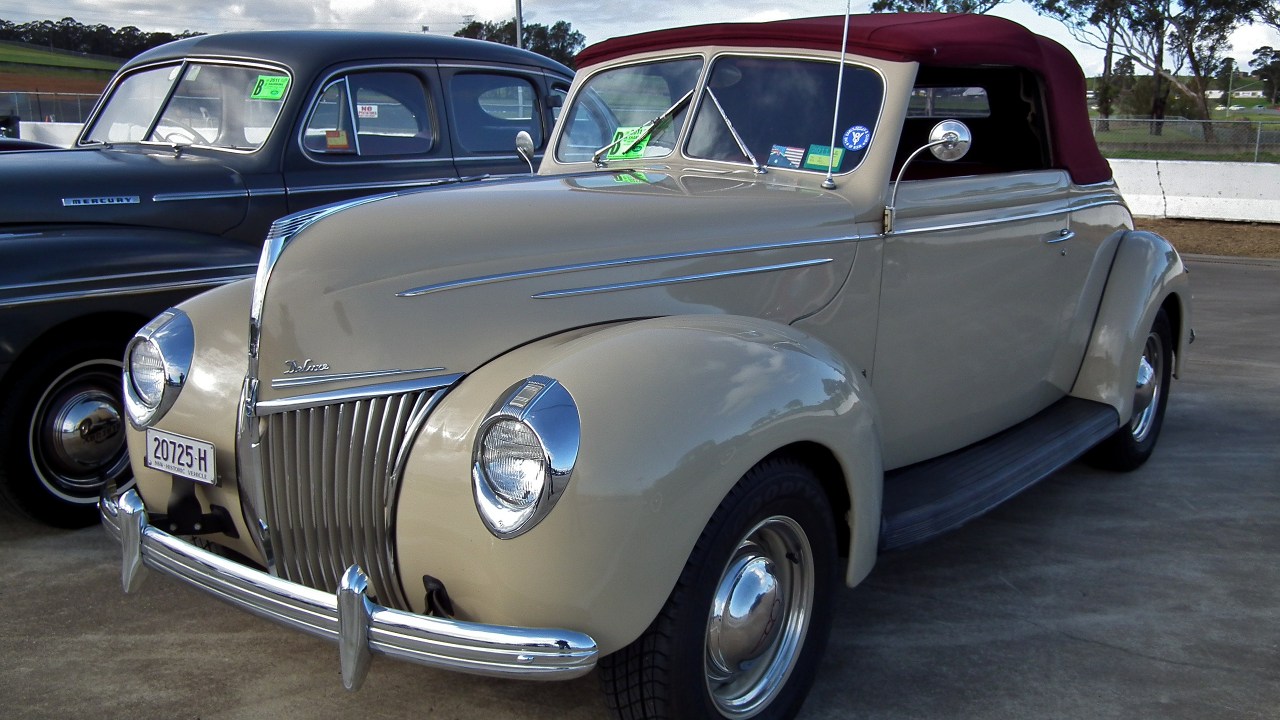
Leave a Reply